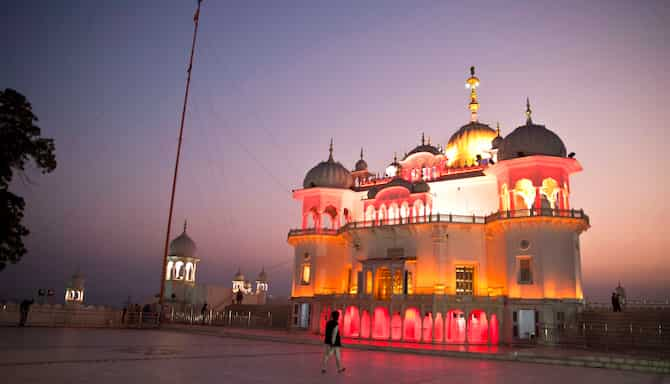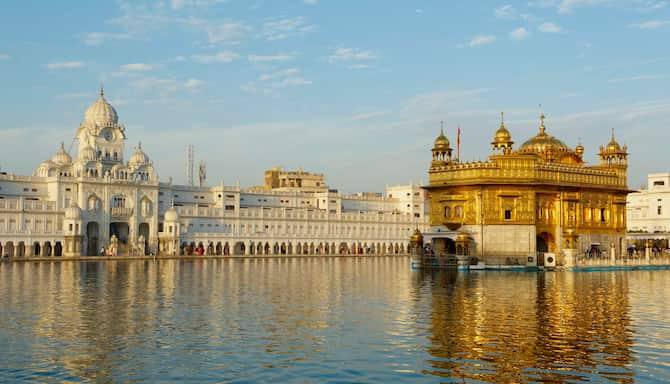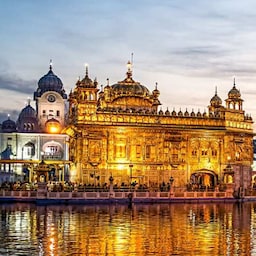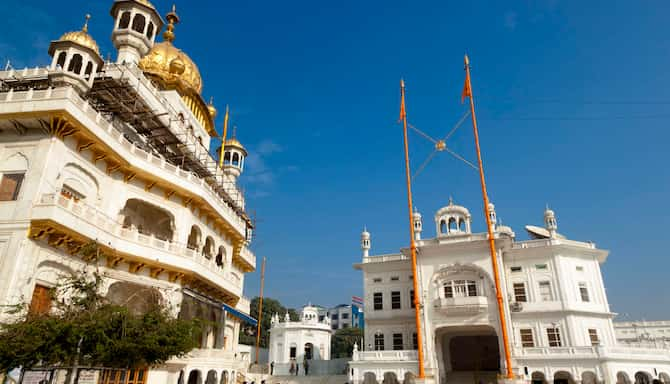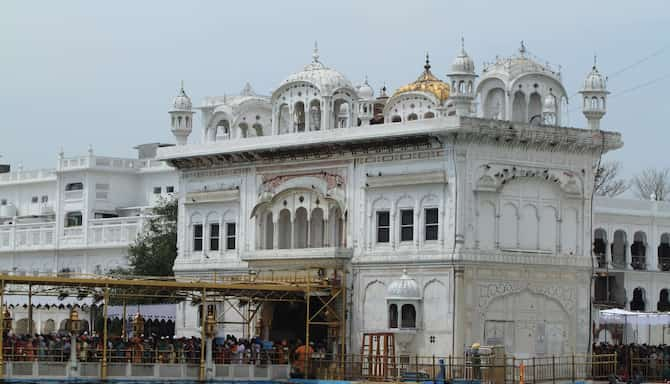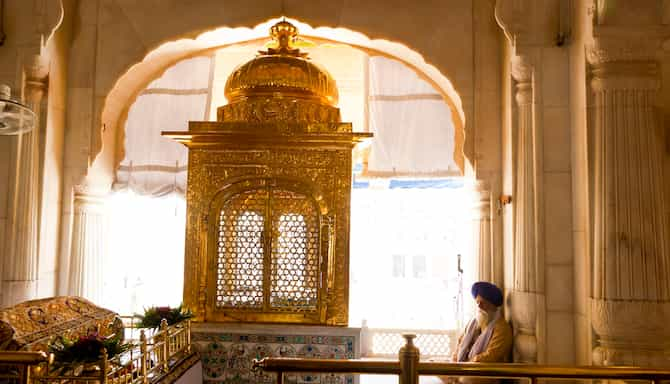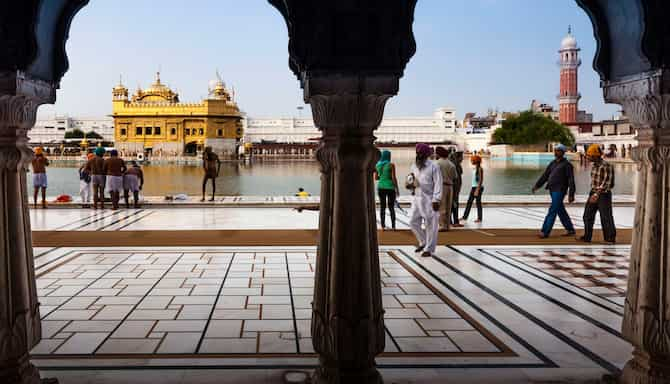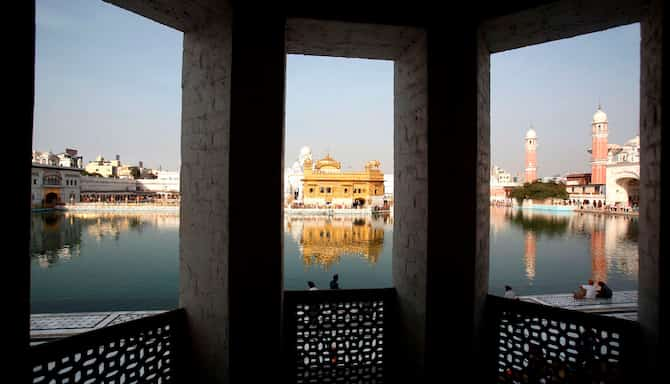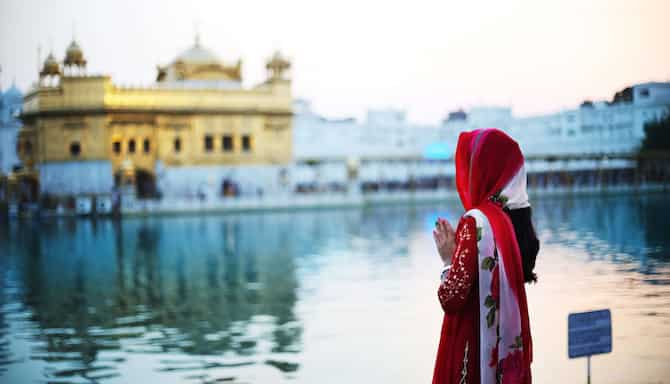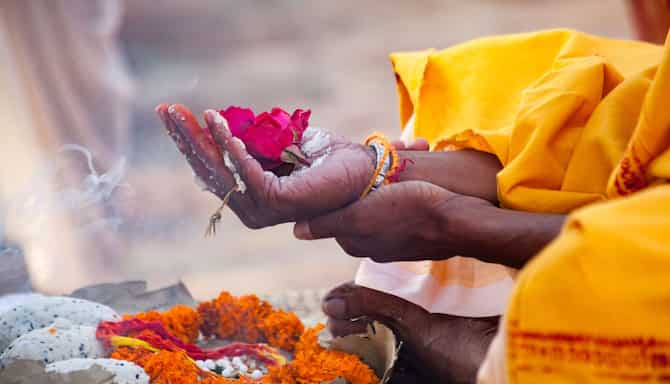-
Our Brands
-
Find your hotel
-
Meetings & Events
-
Flights
-
Dining
-
Digital Services
-
Hotel Deals
-
Travel ideas
-
Radisson Rewards
Become a member in just one click.
Our Brands
Find your hotel
Meetings & Events
Flights
Dining
Digital Services
Hotel Deals
Travel ideas
Radisson Rewards
- Destinations
- Resorts
- Meetings & Events
- Deals
- Radisson Rewards
- Dining
- Flights
- My reservations
- Dining
- Flights
- My reservations
Become a member in just one click.
Our Brands
Find your hotel
Flights
Dining
Digital Services
English Change
+353 1 5138080
800 017 8148 (AE)
+43 1 2057762 (AT)
+61 2 85520296 (AU)
+32 2 2909224 (BE)
+41 43 2107043 (CH)
0400 120 0814 (CN)
+420 229 010126 (CZ)
+49 307 2614857 (DE)
+45 89 874290 (DK)
+372 660 5015 (EE)
08000060390 (EG)
+34 91 0389555 (ES)
+358 300 870 010 (FI)
+33 1 82884320 (FR)
+44 28 30640900 (GB)
800 931 643 (HK)
+36 1 6555314 (HU)
+972 2 3760606 (IL)
1800 1080 333 (IN)
800 7649 (IS)
+39 02 00633097 (IT)
03 4510 4479 (JP)
+254 20 7643750 (KE)
00798 14 611 0043 (KR)
+353 1 5138360 (KW)
+371 60001541 (LV)
1800 819 274 (MY)
+31 20794 0451 (NL)
+47 21 931937 (NO)
0 800 828 008 (NZ)
1 800 1852 0039 (PH)
+48 12 3986225 (PL)
800 853 057 (PT)
+46 8 50537246 (SE)
800 101 3817 (SG)
1 800 012 872 (TH)
+90 212 9003425 (TR)
00 801 852 043 (TW)
+27 11 2594806 (ZA)
USD
Change
Back
Language
Suggested languages
All languages
Back
Currency
Main Currencies
All Currencies
Welcome back
Points
[TierLinkList(tier=KeywordModel(id=62968, title=Club, description=Club, key=club, taxonomyId=26958), linkList=[Link(text= My account, title= My account, externalLink=null, seo=Seo(title=My Account, description=null, keyword=null, twitter=TwitterMetas(card=summary, site=null, title=null, description=null, image=null), opengraph=FacebookMetas(siteName=null, type=website, title=null, description=null, image=null), url=/en-us/radisson-rewards/secure/my-account, robots=null, showPrice=KeywordModel(id=62997, title=Yes, description=Yes, key=yes, taxonomyId=27005)), blank=no, iconClass=KeywordModel(id=103495, title=User, description=User, key=user, taxonomyId=87), pdf=null, rel=follow, image=null, isPrimary=null, isButton=null), Link(text=My reservations, title=My reservations, externalLink=null, seo=Seo(title=Reservations, description=null, keyword=null, twitter=TwitterMetas(card=summary, site=null, title=null, description=null, image=null), opengraph=FacebookMetas(siteName=null, type=website, title=null, description=null, image=null), url=/en-us/radisson-rewards/secure/reservations, robots=null, showPrice=KeywordModel(id=62997, title=Yes, description=Yes, key=yes, taxonomyId=27005)), blank=no, iconClass=KeywordModel(id=103491, title=My Reservations, description=My Reservations, key=bookings, taxonomyId=87), pdf=null, rel=follow, image=null, isPrimary=null, isButton=null), Link(text=Redeem, title=Redeem, externalLink=null, seo=Seo(title=Redeem Points for Rewards & Benefits | Radisson Rewards, description=As a Radisson Rewards member, you can redeem your points for free award nights, as well as a great variety of other benefits., keyword=null, twitter=TwitterMetas(card=summary, site=Radisson Rewards, title=Redeem Points for Rewards & Benefits | Radisson Rewards, description=As a Radisson Rewards member, you can redeem your points for free award nights, as well as a great variety of other benefits., image=null), opengraph=FacebookMetas(siteName=Radisson Rewards, type=website, title=Redeem Points for Rewards & Benefits | Radisson Rewards, description=As a Radisson Rewards member, you can redeem your points for free award nights, as well as a great variety of other benefits., image=null), url=/en-us/rewards/redeem, robots=null, showPrice=KeywordModel(id=62997, title=Yes, description=Yes, key=yes, taxonomyId=27005)), blank=no, iconClass=KeywordModel(id=189822, title=(Rewards benefit) Free award nights, description=Free award nights, key=free-award-nights, taxonomyId=87), pdf=null, rel=follow, image=null, isPrimary=null, isButton=null)]), TierLinkList(tier=KeywordModel(id=464221, title=Premium, description=Premium, key=premium, taxonomyId=26958), linkList=[Link(text= My account, title= My account, externalLink=null, seo=Seo(title=My Account, description=null, keyword=null, twitter=TwitterMetas(card=summary, site=null, title=null, description=null, image=null), opengraph=FacebookMetas(siteName=null, type=website, title=null, description=null, image=null), url=/en-us/radisson-rewards/secure/my-account, robots=null, showPrice=KeywordModel(id=62997, title=Yes, description=Yes, key=yes, taxonomyId=27005)), blank=no, iconClass=KeywordModel(id=103495, title=User, description=User, key=user, taxonomyId=87), pdf=null, rel=follow, image=null, isPrimary=null, isButton=null), Link(text=My reservations, title=My reservations, externalLink=null, seo=Seo(title=Reservations, description=null, keyword=null, twitter=TwitterMetas(card=summary, site=null, title=null, description=null, image=null), opengraph=FacebookMetas(siteName=null, type=website, title=null, description=null, image=null), url=/en-us/radisson-rewards/secure/reservations, robots=null, showPrice=KeywordModel(id=62997, title=Yes, description=Yes, key=yes, taxonomyId=27005)), blank=no, iconClass=KeywordModel(id=103491, title=My Reservations, description=My Reservations, key=bookings, taxonomyId=87), pdf=null, rel=follow, image=null, isPrimary=null, isButton=null), Link(text=Redeem, title=Redeem, externalLink=null, seo=Seo(title=Redeem Points for Rewards & Benefits | Radisson Rewards, description=As a Radisson Rewards member, you can redeem your points for free award nights, as well as a great variety of other benefits., keyword=null, twitter=TwitterMetas(card=summary, site=Radisson Rewards, title=Redeem Points for Rewards & Benefits | Radisson Rewards, description=As a Radisson Rewards member, you can redeem your points for free award nights, as well as a great variety of other benefits., image=null), opengraph=FacebookMetas(siteName=Radisson Rewards, type=website, title=Redeem Points for Rewards & Benefits | Radisson Rewards, description=As a Radisson Rewards member, you can redeem your points for free award nights, as well as a great variety of other benefits., image=null), url=/en-us/rewards/redeem, robots=null, showPrice=KeywordModel(id=62997, title=Yes, description=Yes, key=yes, taxonomyId=27005)), blank=no, iconClass=KeywordModel(id=189822, title=(Rewards benefit) Free award nights, description=Free award nights, key=free-award-nights, taxonomyId=87), pdf=null, rel=follow, image=null, isPrimary=null, isButton=null)]), TierLinkList(tier=KeywordModel(id=464220, title=VIP, description=VIP, key=vip, taxonomyId=26958), linkList=[Link(text= My account, title= My account, externalLink=null, seo=Seo(title=My Account, description=null, keyword=null, twitter=TwitterMetas(card=summary, site=null, title=null, description=null, image=null), opengraph=FacebookMetas(siteName=null, type=website, title=null, description=null, image=null), url=/en-us/radisson-rewards/secure/my-account, robots=null, showPrice=KeywordModel(id=62997, title=Yes, description=Yes, key=yes, taxonomyId=27005)), blank=no, iconClass=KeywordModel(id=103495, title=User, description=User, key=user, taxonomyId=87), pdf=null, rel=follow, image=null, isPrimary=null, isButton=null), Link(text=My reservations, title=My reservations, externalLink=null, seo=Seo(title=Reservations, description=null, keyword=null, twitter=TwitterMetas(card=summary, site=null, title=null, description=null, image=null), opengraph=FacebookMetas(siteName=null, type=website, title=null, description=null, image=null), url=/en-us/radisson-rewards/secure/reservations, robots=null, showPrice=KeywordModel(id=62997, title=Yes, description=Yes, key=yes, taxonomyId=27005)), blank=no, iconClass=KeywordModel(id=103491, title=My Reservations, description=My Reservations, key=bookings, taxonomyId=87), pdf=null, rel=follow, image=null, isPrimary=null, isButton=null), Link(text=Redeem, title=Redeem, externalLink=null, seo=Seo(title=Redeem Points for Rewards & Benefits | Radisson Rewards, description=As a Radisson Rewards member, you can redeem your points for free award nights, as well as a great variety of other benefits., keyword=null, twitter=TwitterMetas(card=summary, site=Radisson Rewards, title=Redeem Points for Rewards & Benefits | Radisson Rewards, description=As a Radisson Rewards member, you can redeem your points for free award nights, as well as a great variety of other benefits., image=null), opengraph=FacebookMetas(siteName=Radisson Rewards, type=website, title=Redeem Points for Rewards & Benefits | Radisson Rewards, description=As a Radisson Rewards member, you can redeem your points for free award nights, as well as a great variety of other benefits., image=null), url=/en-us/rewards/redeem, robots=null, showPrice=KeywordModel(id=62997, title=Yes, description=Yes, key=yes, taxonomyId=27005)), blank=no, iconClass=KeywordModel(id=189822, title=(Rewards benefit) Free award nights, description=Free award nights, key=free-award-nights, taxonomyId=87), pdf=null, rel=follow, image=null, isPrimary=null, isButton=null)]), TierLinkList(tier=KeywordModel(id=509689, title=(Corporate) Administrator, description=Administrator, key=administrator, taxonomyId=26958), linkList=[Link(text= My account, title= My account, externalLink=null, seo=Seo(title=My Account, description=null, keyword=null, twitter=TwitterMetas(card=summary, site=null, title=null, description=null, image=null), opengraph=FacebookMetas(siteName=null, type=website, title=null, description=null, image=null), url=/en-us/radisson-rewards/secure/my-account, robots=null, showPrice=KeywordModel(id=62997, title=Yes, description=Yes, key=yes, taxonomyId=27005)), blank=no, iconClass=KeywordModel(id=103495, title=User, description=User, key=user, taxonomyId=87), pdf=null, rel=follow, image=null, isPrimary=null, isButton=null), Link(text=Transfer, title=Transfer, externalLink=null, seo=Seo(title=Redeem Points for Rewards & Benefits | Transfer Points | Radisson Rewards, description=As a Radisson Rewards member, you can transfer your point to a other member, keyword=null, twitter=TwitterMetas(card=summary, site=null, title=Redeem Points for Rewards & Benefits | Transfer Points | Radisson Rewards, description=As a Radisson Rewards member, you can transfer your point to a other member, image=null), opengraph=FacebookMetas(siteName=null, type=website, title=Redeem Points for Rewards & Benefits | Transfer Points | Radisson Rewards, description=As a Radisson Rewards member, you can transfer your point to a other member, image=null), url=/en-us/rewards/redeem/transfer-points, robots=null, showPrice=KeywordModel(id=62997, title=Yes, description=Yes, key=yes, taxonomyId=27005)), blank=null, iconClass=null, pdf=null, rel=null, image=null, isPrimary=KeywordModel(id=62998, title=No, description=No, key=no, taxonomyId=27005), isButton=null), Link(text=Corporate program page, title=Corporate program page, externalLink=null, seo=Seo(title=Radisson Rewards Corporate Program | Radisson Hotel Group, description=One of a kind hotel Loyalty program allowing corporations to pool their Radisson Rewards points at Corporate Account level., keyword=null, twitter=TwitterMetas(card=summary, site=null, title=Radisson Rewards Corporate Program | Radisson Hotel Group , description=One of a kind hotel Loyalty program allowing corporations to pool their Radisson Rewards points at Corporate Account level., image=null), opengraph=FacebookMetas(siteName=null, type=website, title=Radisson Rewards Corporate Program | Radisson Hotel Group , description=One of a kind hotel Loyalty program allowing corporations to pool their Radisson Rewards points at Corporate Account level., image=null), url=/en-us/radisson-rewards/secure/corporate, robots=null, showPrice=KeywordModel(id=62997, title=Yes, description=Yes, key=yes, taxonomyId=27005)), blank=null, iconClass=null, pdf=null, rel=null, image=null, isPrimary=KeywordModel(id=62998, title=No, description=No, key=no, taxonomyId=27005), isButton=null), Link(text=Corporate members, title=Corporate members, externalLink=null, seo=Seo(title=Corporate members, description=null, keyword=null, twitter=TwitterMetas(card=summary, site=null, title=null, description=null, image=null), opengraph=FacebookMetas(siteName=null, type=website, title=null, description=null, image=null), url=/en-us/radisson-rewards/secure/corporate-members, robots=null, showPrice=KeywordModel(id=62997, title=Yes, description=Yes, key=yes, taxonomyId=27005)), blank=null, iconClass=null, pdf=null, rel=null, image=null, isPrimary=KeywordModel(id=62998, title=No, description=No, key=no, taxonomyId=27005), isButton=null)]), TierLinkList(tier=KeywordModel(id=509688, title=(Corporate) Booker, description=Booker, key=booker, taxonomyId=26958), linkList=[Link(text= My account, title= My account, externalLink=null, seo=Seo(title=My Account, description=null, keyword=null, twitter=TwitterMetas(card=summary, site=null, title=null, description=null, image=null), opengraph=FacebookMetas(siteName=null, type=website, title=null, description=null, image=null), url=/en-us/radisson-rewards/secure/my-account, robots=null, showPrice=KeywordModel(id=62997, title=Yes, description=Yes, key=yes, taxonomyId=27005)), blank=no, iconClass=KeywordModel(id=103495, title=User, description=User, key=user, taxonomyId=87), pdf=null, rel=follow, image=null, isPrimary=null, isButton=null), Link(text=My reservations, title=My reservations, externalLink=null, seo=Seo(title=Reservations, description=null, keyword=null, twitter=TwitterMetas(card=summary, site=null, title=null, description=null, image=null), opengraph=FacebookMetas(siteName=null, type=website, title=null, description=null, image=null), url=/en-us/radisson-rewards/secure/reservations, robots=null, showPrice=KeywordModel(id=62997, title=Yes, description=Yes, key=yes, taxonomyId=27005)), blank=no, iconClass=KeywordModel(id=103491, title=My Reservations, description=My Reservations, key=bookings, taxonomyId=87), pdf=null, rel=follow, image=null, isPrimary=null, isButton=null), Link(text=Corporate program page, title=Corporate program page, externalLink=null, seo=Seo(title=Radisson Rewards Corporate Program | Radisson Hotel Group, description=One of a kind hotel Loyalty program allowing corporations to pool their Radisson Rewards points at Corporate Account level., keyword=null, twitter=TwitterMetas(card=summary, site=null, title=Radisson Rewards Corporate Program | Radisson Hotel Group , description=One of a kind hotel Loyalty program allowing corporations to pool their Radisson Rewards points at Corporate Account level., image=null), opengraph=FacebookMetas(siteName=null, type=website, title=Radisson Rewards Corporate Program | Radisson Hotel Group , description=One of a kind hotel Loyalty program allowing corporations to pool their Radisson Rewards points at Corporate Account level., image=null), url=/en-us/radisson-rewards/secure/corporate, robots=null, showPrice=KeywordModel(id=62997, title=Yes, description=Yes, key=yes, taxonomyId=27005)), blank=null, iconClass=null, pdf=null, rel=null, image=null, isPrimary=KeywordModel(id=62998, title=No, description=No, key=no, taxonomyId=27005), isButton=null)]), TierLinkList(tier=KeywordModel(id=509687, title=(Corporate) Deputy, description=Deputy, key=deputy, taxonomyId=26958), linkList=[Link(text= My account, title= My account, externalLink=null, seo=Seo(title=My Account, description=null, keyword=null, twitter=TwitterMetas(card=summary, site=null, title=null, description=null, image=null), opengraph=FacebookMetas(siteName=null, type=website, title=null, description=null, image=null), url=/en-us/radisson-rewards/secure/my-account, robots=null, showPrice=KeywordModel(id=62997, title=Yes, description=Yes, key=yes, taxonomyId=27005)), blank=no, iconClass=KeywordModel(id=103495, title=User, description=User, key=user, taxonomyId=87), pdf=null, rel=follow, image=null, isPrimary=null, isButton=null), Link(text=Transfer, title=Transfer, externalLink=null, seo=Seo(title=Redeem Points for Rewards & Benefits | Transfer Points | Radisson Rewards, description=As a Radisson Rewards member, you can transfer your point to a other member, keyword=null, twitter=TwitterMetas(card=summary, site=null, title=Redeem Points for Rewards & Benefits | Transfer Points | Radisson Rewards, description=As a Radisson Rewards member, you can transfer your point to a other member, image=null), opengraph=FacebookMetas(siteName=null, type=website, title=Redeem Points for Rewards & Benefits | Transfer Points | Radisson Rewards, description=As a Radisson Rewards member, you can transfer your point to a other member, image=null), url=/en-us/rewards/redeem/transfer-points, robots=null, showPrice=KeywordModel(id=62997, title=Yes, description=Yes, key=yes, taxonomyId=27005)), blank=null, iconClass=null, pdf=null, rel=null, image=null, isPrimary=KeywordModel(id=62998, title=No, description=No, key=no, taxonomyId=27005), isButton=null), Link(text=My reservations, title=My reservations, externalLink=null, seo=Seo(title=Reservations, description=null, keyword=null, twitter=TwitterMetas(card=summary, site=null, title=null, description=null, image=null), opengraph=FacebookMetas(siteName=null, type=website, title=null, description=null, image=null), url=/en-us/radisson-rewards/secure/reservations, robots=null, showPrice=KeywordModel(id=62997, title=Yes, description=Yes, key=yes, taxonomyId=27005)), blank=no, iconClass=KeywordModel(id=103491, title=My Reservations, description=My Reservations, key=bookings, taxonomyId=87), pdf=null, rel=follow, image=null, isPrimary=null, isButton=null), Link(text=Corporate program page, title=Corporate program page, externalLink=null, seo=Seo(title=Radisson Rewards Corporate Program | Radisson Hotel Group, description=One of a kind hotel Loyalty program allowing corporations to pool their Radisson Rewards points at Corporate Account level., keyword=null, twitter=TwitterMetas(card=summary, site=null, title=Radisson Rewards Corporate Program | Radisson Hotel Group , description=One of a kind hotel Loyalty program allowing corporations to pool their Radisson Rewards points at Corporate Account level., image=null), opengraph=FacebookMetas(siteName=null, type=website, title=Radisson Rewards Corporate Program | Radisson Hotel Group , description=One of a kind hotel Loyalty program allowing corporations to pool their Radisson Rewards points at Corporate Account level., image=null), url=/en-us/radisson-rewards/secure/corporate, robots=null, showPrice=KeywordModel(id=62997, title=Yes, description=Yes, key=yes, taxonomyId=27005)), blank=null, iconClass=null, pdf=null, rel=null, image=null, isPrimary=KeywordModel(id=62998, title=No, description=No, key=no, taxonomyId=27005), isButton=null)])]
Log out













